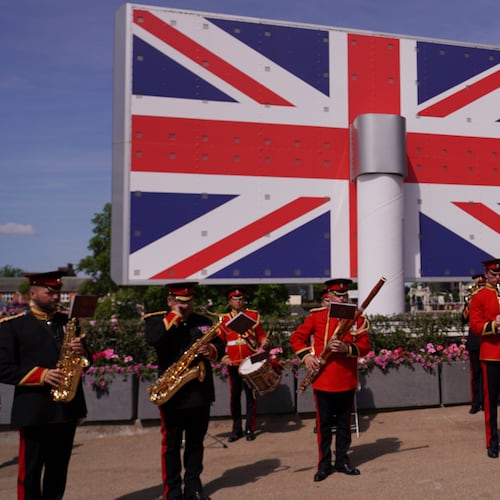I work in one of Atlanta’s tall buildings, looking out every day at this sprawling, new city. From up here, Atlanta doesn’t look like it has much of a visible past. Not that I’m surprised. Atlantans are used to the idea that our city is about “now,” not “then.” Our civic ethos values newness, bigness and the leading edge. Dating back to the 19th century, we’ve considered ourselves an unsentimental, brash city on the move.
The scale of Atlanta’s landmarks puts this in perspective. Other cities count their sports stadiums as an ultimate mark of status. We build stadiums, for sure, but we build them for the Olympics; we build subway networks and cavernous new water systems and grand, looping beltlines. We think big.
It’s a relief, then, occasionally to consider the small public places that offer peace and calm amid the vastness of this great, striving city. And it’s a particularly satisfying moment when it’s a spot that has been reclaimed as a part of Atlanta’s once-lost past.
Today in Piedmont Park, a group of Atlantans will gather at a modestly scaled classical pedestal to mark one small monument’s happy homecoming. A 100-year odyssey has come full circle. After decades of neglect, disregard and vandalism, three prankish thefts and recoveries, and a peaceful 30 years in the custody of Oglethorpe University, Sidney Lanier’s bronze bust is being returned — bolted tightly — back into its original beaux-arts niche.
In 1914, when the monument was first dedicated to the South’s great Romantic poet, it was a welcome grace note in the city’s fresh landscape: an understated ornament that nevertheless reflected a forming ambition to create a more beautiful community and more consciously “civic” city. It was, in its way, an expression of Atlanta’s pride and prospects. But it was not big.
My, how times change. These days, our civic improvements seem automatically to bring out a line of rumbling earthmovers. Bonds are issued and the enormous work unfolds. Somewhere in this relentless narrative of supersized progress, though, there must be room for preserving our past.
Small historic monuments are a paradox. They often mark large and supremely admirable things: a great life, a momentous event, a noble idea whose time has come. They tell a history of the things we’ve esteemed over time and they give our city an infrastructure of memory and identity. They are worth reclaiming and celebrating.
I once read a story about a large project that was admiringly remarked as being, like the Great Wall of China, “visible from space.” Atlanta has plenty of these, and they serve their purposes. Yet, in our day-to-day lives, it’s the stuff that’s “visible from 10 feet” that has more meaning. These are the small places where remembrance and landscape unite to create the soul and scale of a great community: modest landmarks of our history that surprise and delight us in the big city. Maybe not from 40 stories up, but certainly at people level, where the ordinary senses can supply their own heights.
Michael Bishop, a lawyer, is a trustee of the Atlanta Preservation Center.
About the Author
Keep Reading
The Latest
Featured

